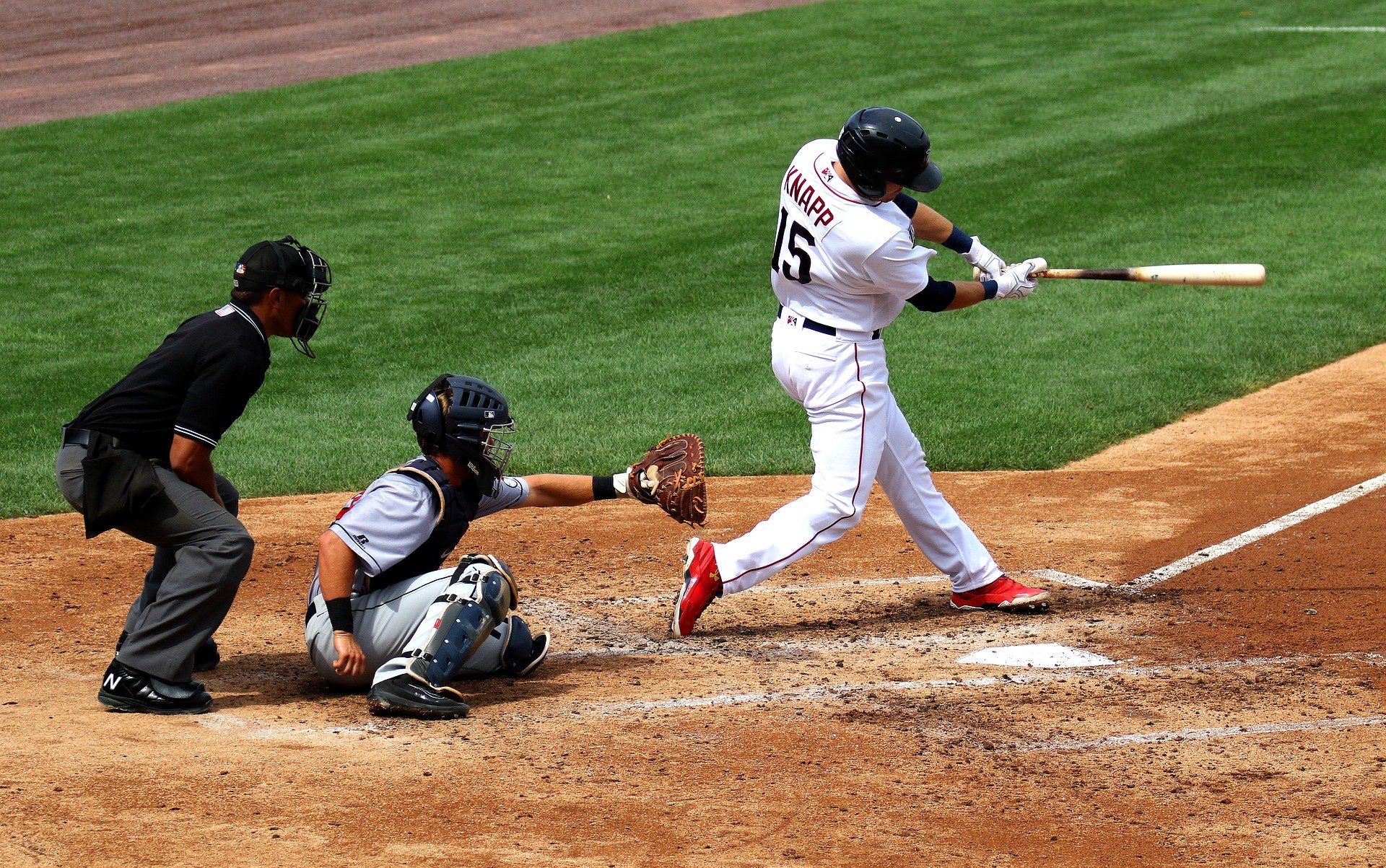適切な野球バットを選ぶことは、プレーの質を大きく左右します。初心者でも、より良い装備を探している経験者でも、バットの性能に影響を与える要素を理解することで、より賢い選択が可能になります。ここでは、自分に最適なバットを見つけるためのガイドをご紹介します。
1. バットの種類:木製バットとアルミバット
最初の選択肢は、木製バットにするかアルミバットにするかです。それぞれの特長を理解し、自分のプレースタイルやリーグ規則に合ったものを選びましょう。
- 木製バット: 伝統的で自然な打感が特徴です。プロリーグでよく使用され、打撃時のフィードバックが直接得られるため、スイングのメカニズムを向上させるのに役立ちます。
- アルミバット: 軽量で耐久性が高く、ユースリーグや高校、大学で一般的に使用されています。スイングスピードが速く、強力な打撃が可能で、スキルを伸ばすのに最適です。
2. バットの長さ
バットの長さは、コントロールとパワーのバランスに影響します。長すぎると扱いづらく、短すぎるとリーチが不足します。以下は、身長に基づく目安です:
- 140cm以下: 27~29インチ
- 140~152cm: 29~31インチ
- 152~168cm: 31~32インチ
- 168cm以上: 32~34インチ
スイングしてみて、自然に感じる長さを選びましょう。
3. バットの重さとドロップ値
バットの重さは、スイングスピードとコントロールに影響します。「ドロップ値」とは、バットの長さ(インチ)と重さ(オンス)の差を指します。この値が選択の目安になります。
- 高いドロップ値(-10~-12): 軽量で、主に若年層や小柄なプレイヤーに適しています。
- 低いドロップ値(-3~-5): 重量があり、高校や大学リーグの選手によく使われます。
軽いバットはスイングスピードを向上させ、重いバットはパワーを発揮しますが、扱いやすい重さを選びましょう。
4. バレルサイズ
バットの打撃面であるバレルのサイズも重要です:
- ユースプレイヤー: 2 1/4インチのバレルが一般的で、扱いやすさを重視。
- 高校・大学プレイヤー: 2 5/8インチのバレルを使用し、パワーとスイートスポットの大きさを重視。
大きなバレルは重く感じることがありますが、打撃力を高めます。
5. グリップと快適さ
グリップはコントロールに直接影響します。以下の点に注意しましょう:
- 厚いグリップ: 振動を減らし、ミスヒット時の痛みを軽減。
- 薄いグリップ: フィードバックが良く、繊細なコントロールが可能。
- 素材: 耐久性と快適性を兼ね備えた合成皮革やゴム製を選びましょう。
バッティングテープを追加して、より良い感触を得ることもおすすめです。
6. バットの認証
リーグ規則に準拠したバットを選ぶことも重要です。一般的な認証には以下があります:
- USA Baseball認証: 多くのユースリーグで必要とされています。
- BBCOR認証: 高校や大学で必須となるバットの反発係数制限。
購入前に、コーチやリーグで確認しておきましょう。
まとめ
自分に合った野球バットは、プレースタイルに合わせて選ぶことでパフォーマンスを向上させます。長さ、重さ、素材、グリップのバランスを見極めて、最高のスイングを目指しましょう。
OtherBaseball.comでは、初心者からプロまで、あらゆるスキルレベルに対応する幅広い野球バットを取り揃えています。ぜひ、コレクションをご覧いただき、お客様にぴったりの一本を見つけてください!

